The NFC South has produced the last two conference champions and the last two NFL MVPs. Collectively, the four NFC South teams have piled up more yards (48,841) and more points (3,321) over the last two years than any other NFL division.
It is within this environment that the Buccaneers have steadily climbed from a 2-14 plateau in 2014 to playoff contention, going 6-10 in 2015 and then 9-7 last year. Tampa Bay missed out on the 2016 playoff field by the narrowest of margins and the organization believes that, after some key offseason additions, it is ready to take the next step into the postseason in 2017.
Photos of the Buccaneers 2017 rookies.
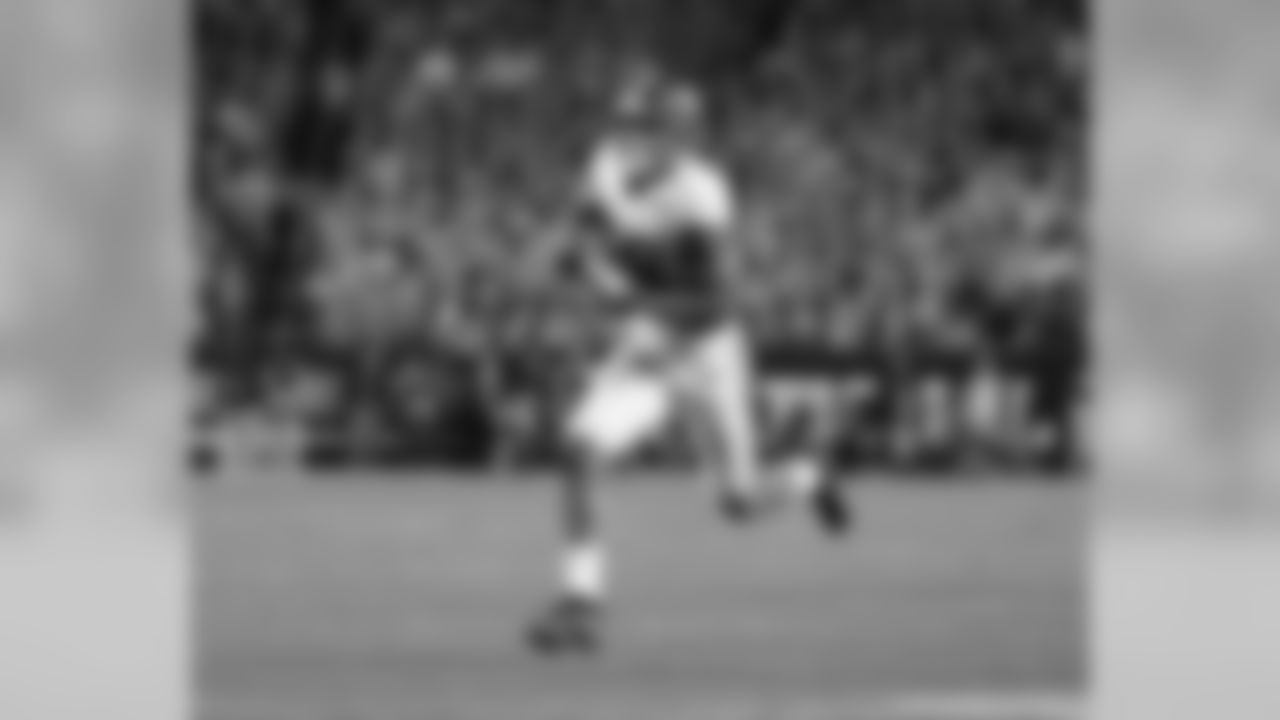
TE O. J. Howard - Alabama
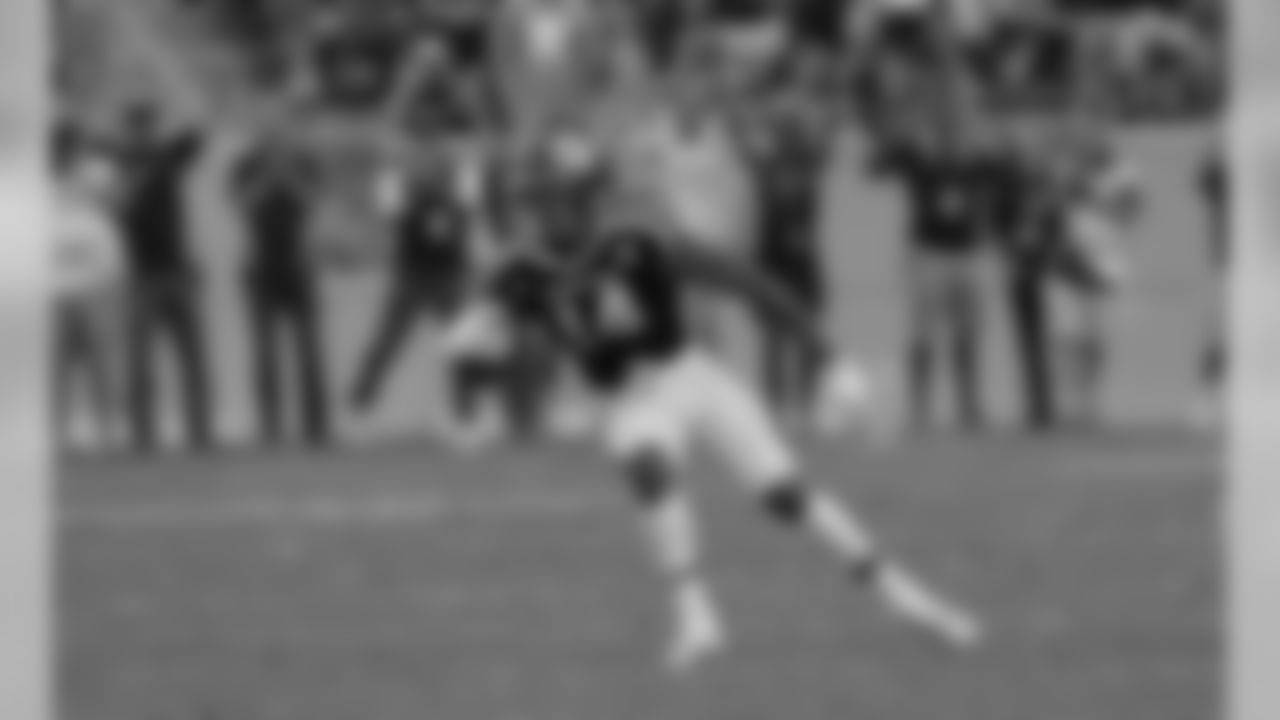
S Justin Evans - Texas A&M
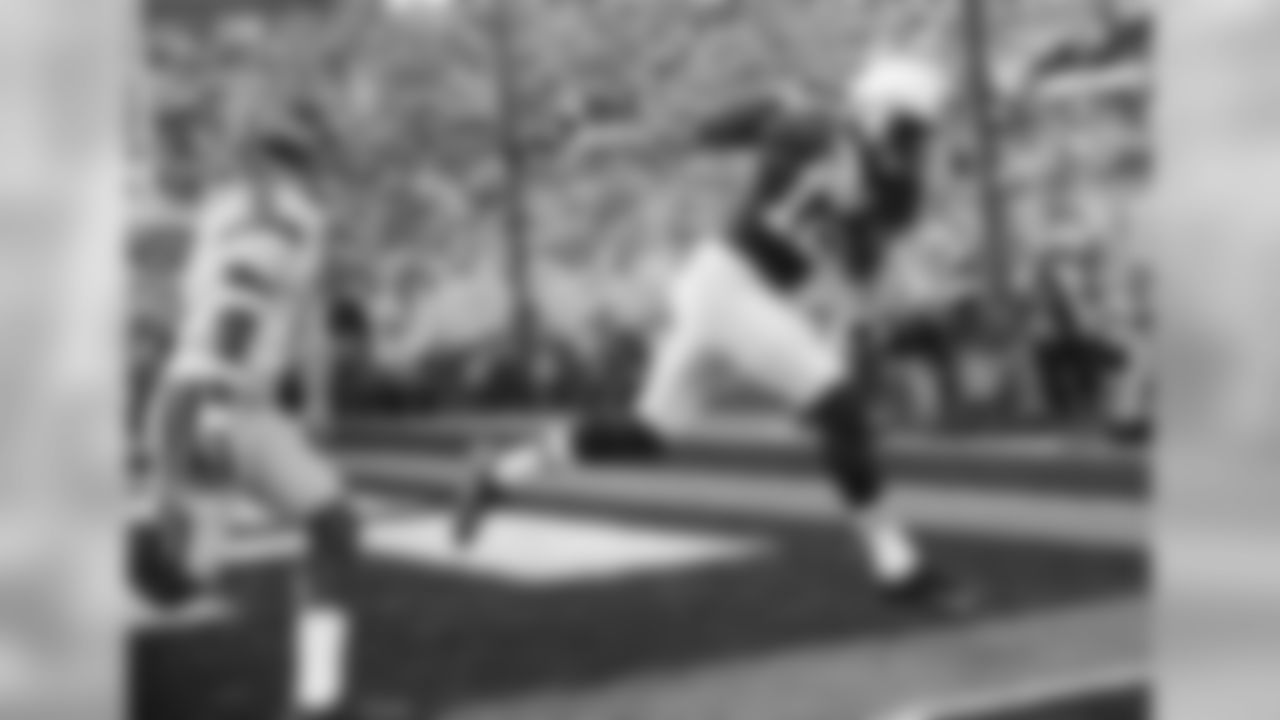
WR Chris Godwin - Penn State
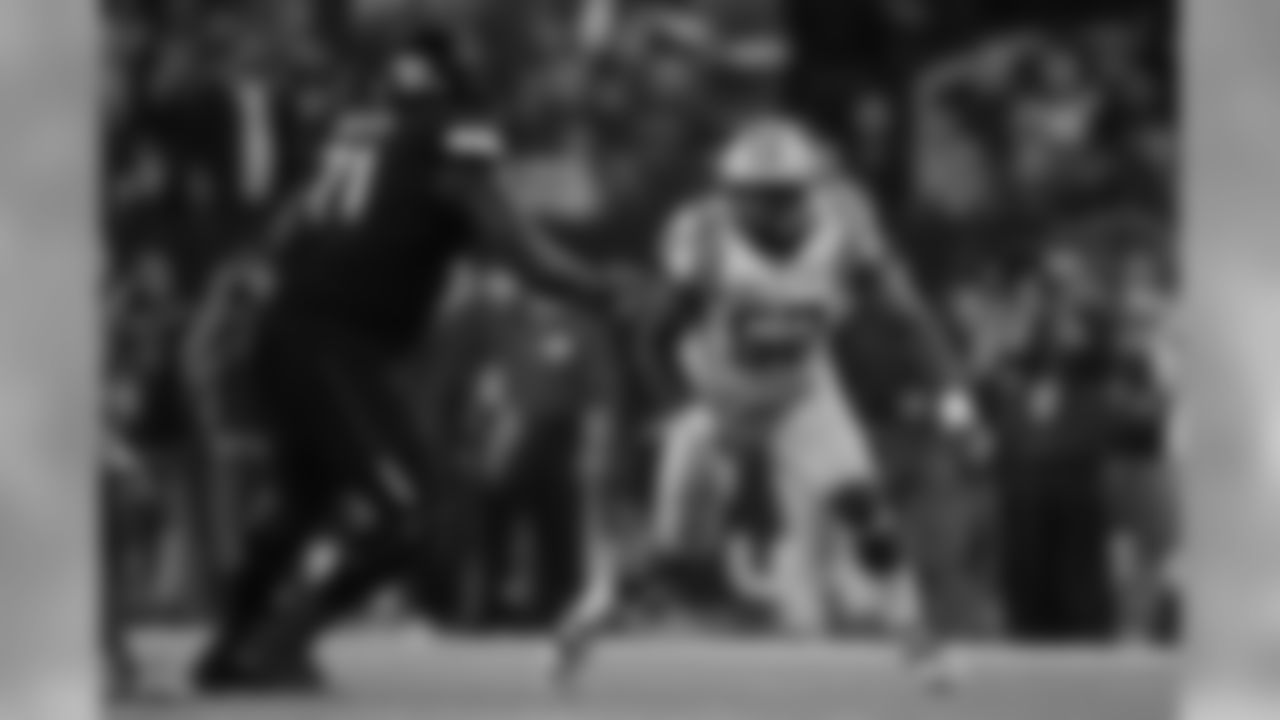
LB Kendell Beckwith - LSU
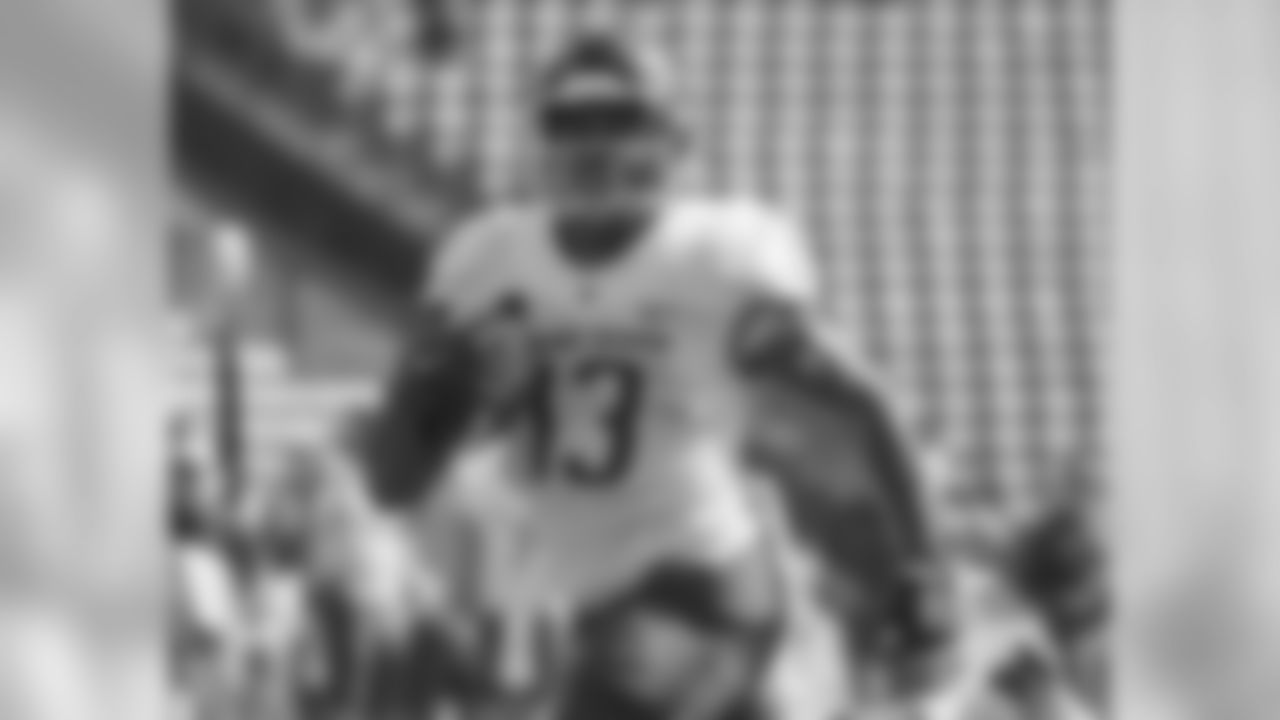
RB Jeremy McNichols - Boise State
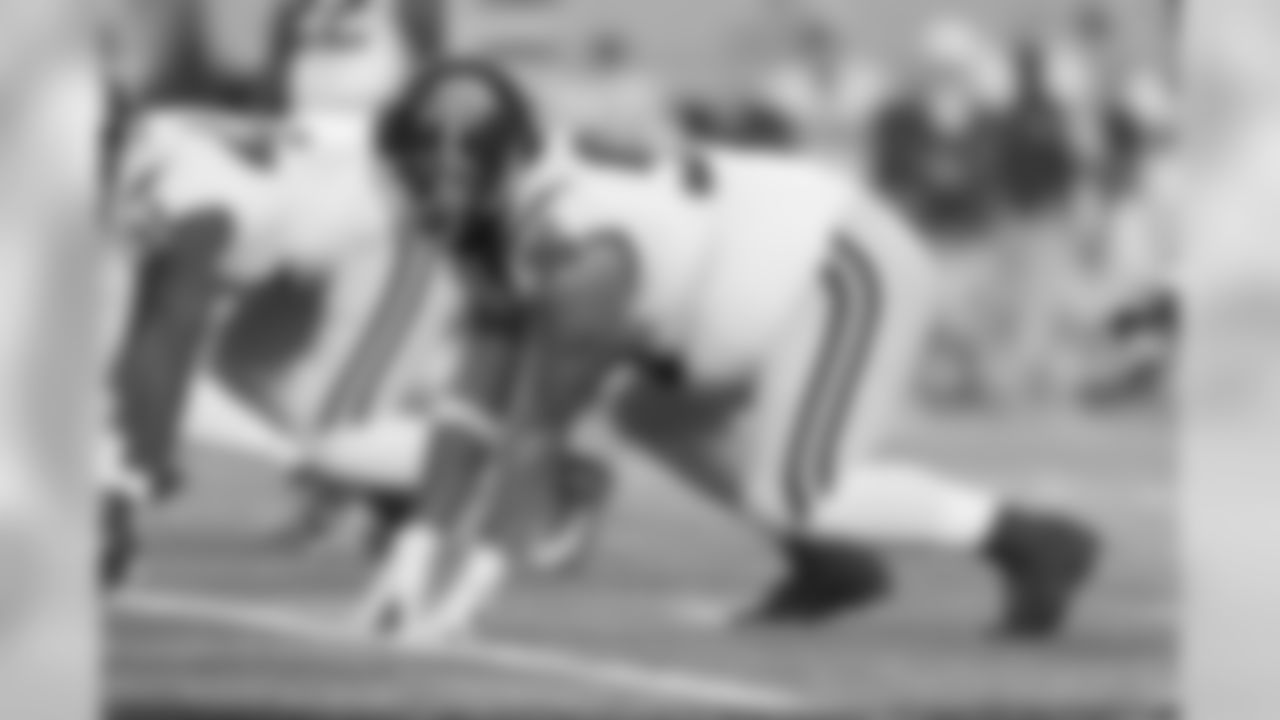
DT Stevie Tu'ikolovatu - USC
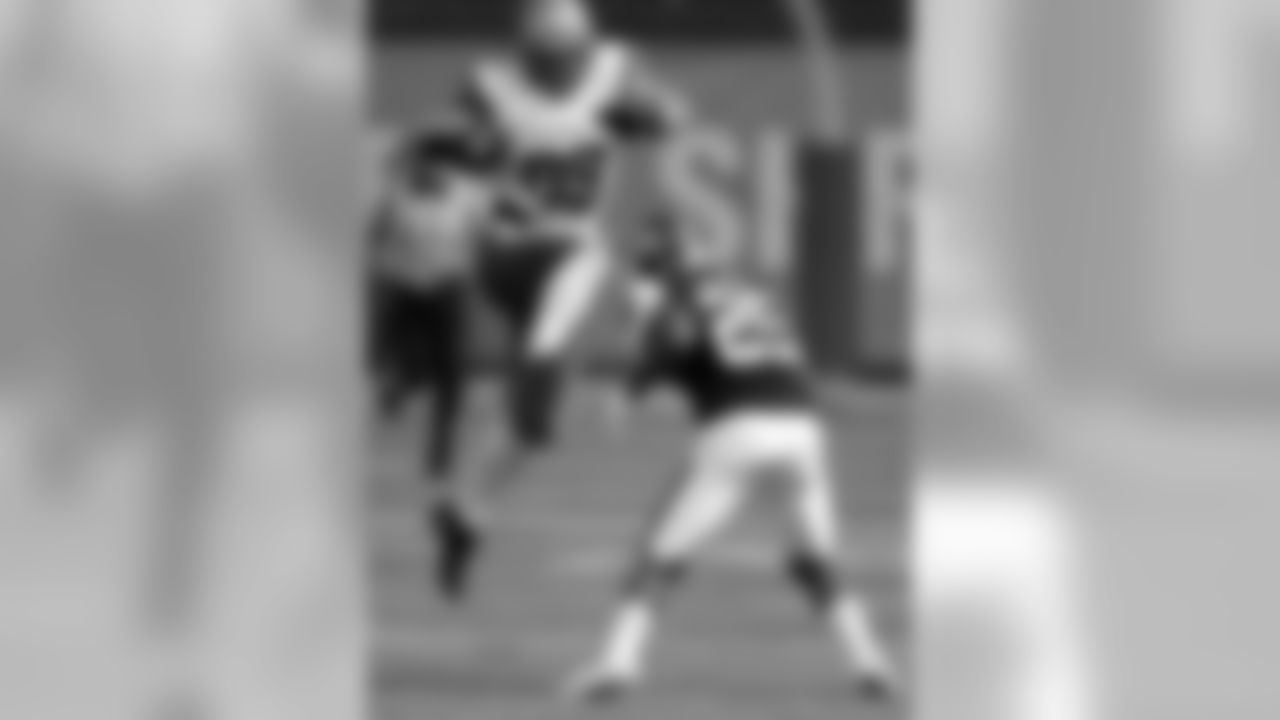
TE Antony Auclair - Laval
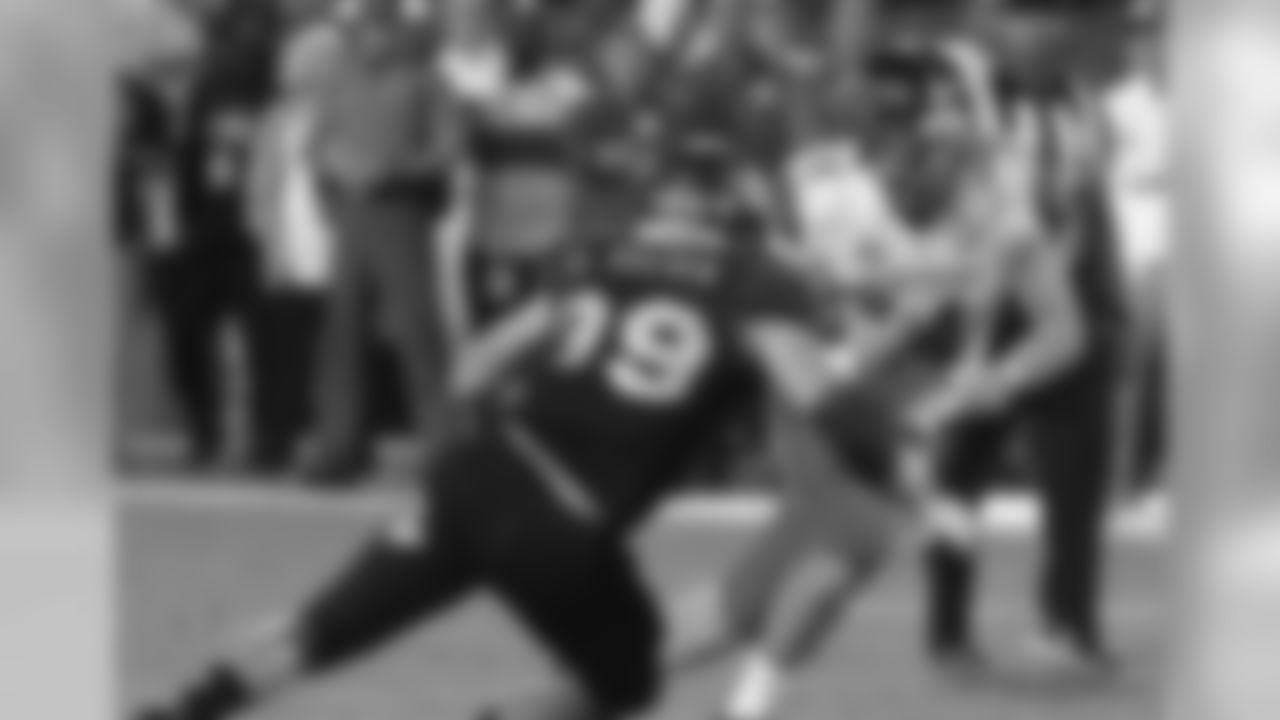
LB Richie Brown - Mississippi State
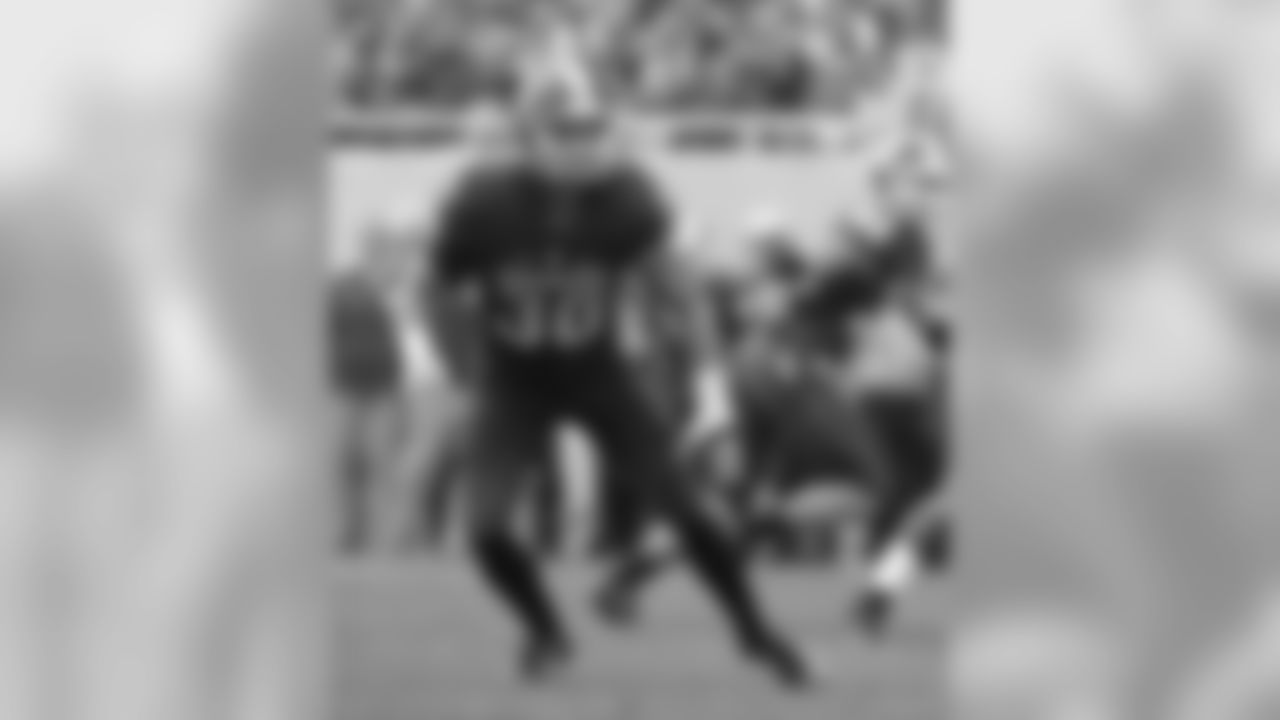
LB Riley Bullough - Michigan State

CB Maurice Fleming - West Virginia
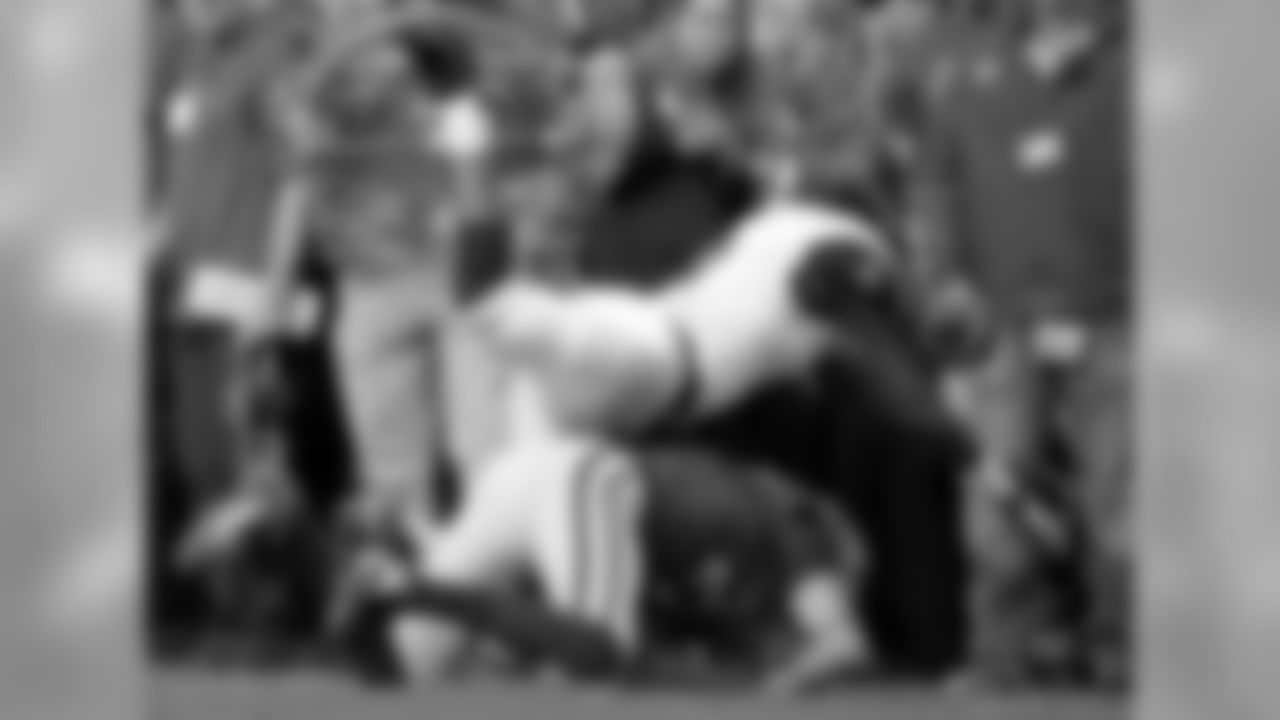
S Alex Gray - Appalachian State
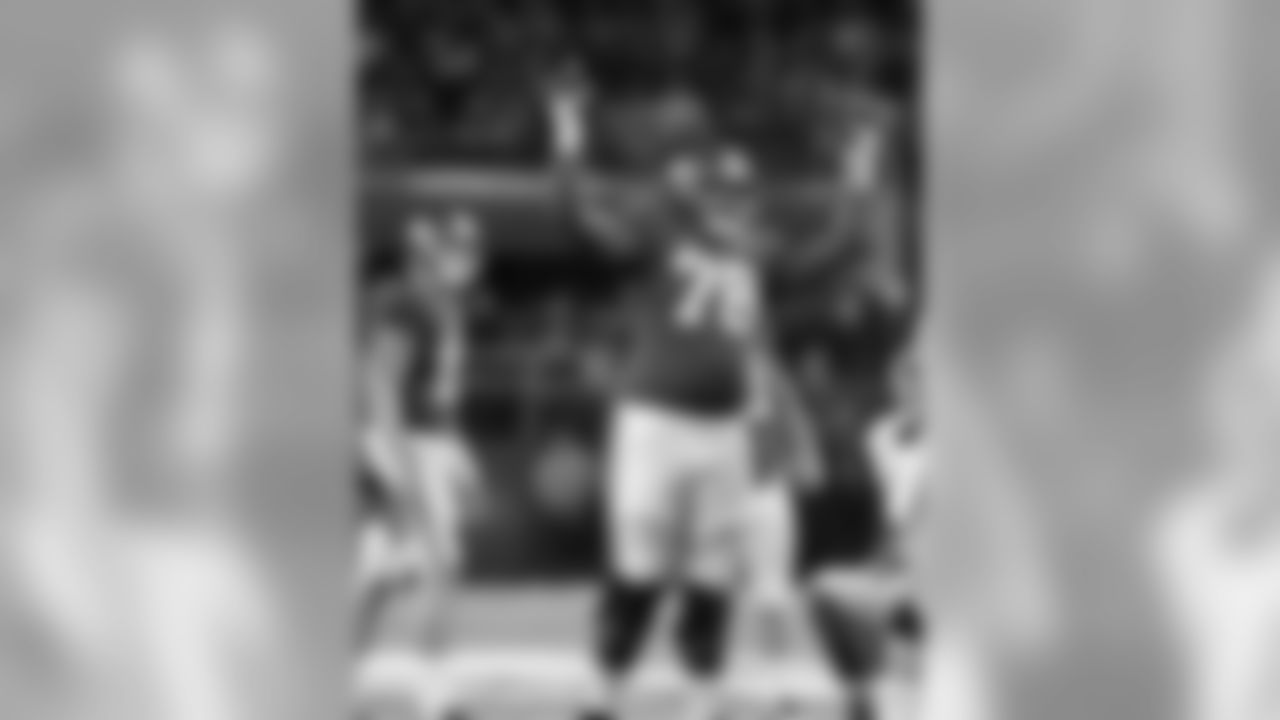
T Korren Kirven - Alabama
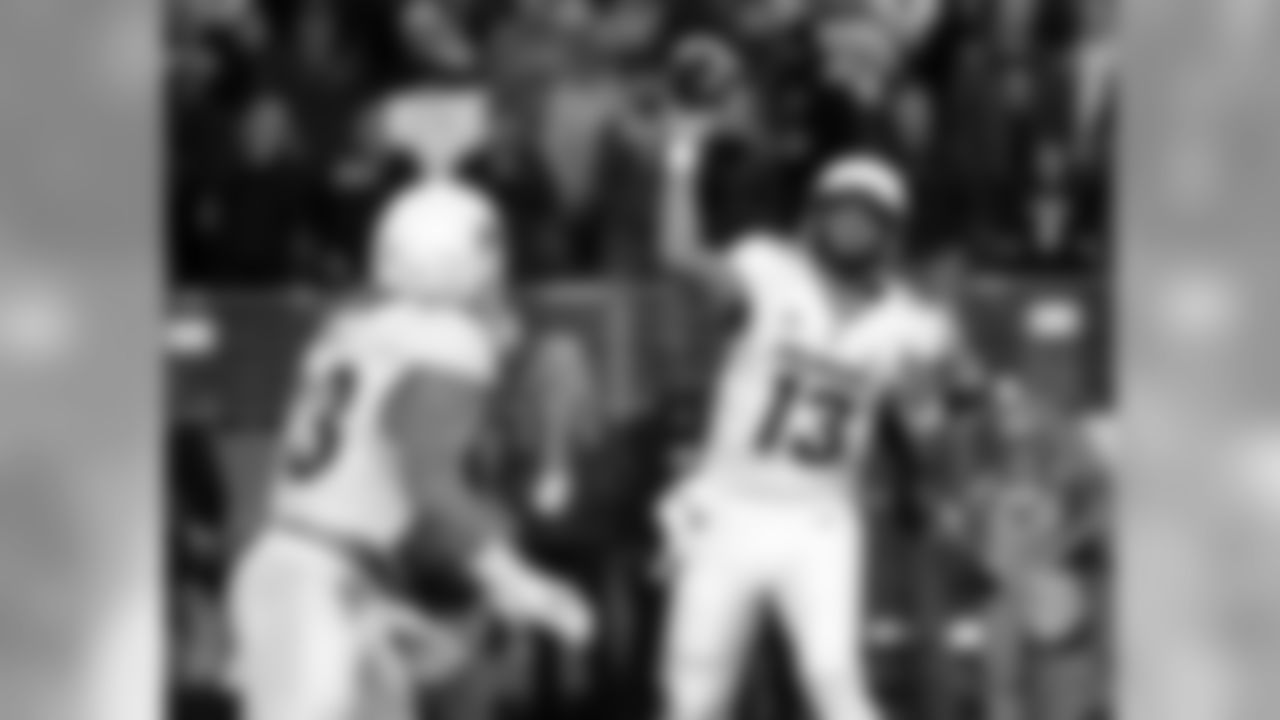
QB Sefo Liufau - Colorado
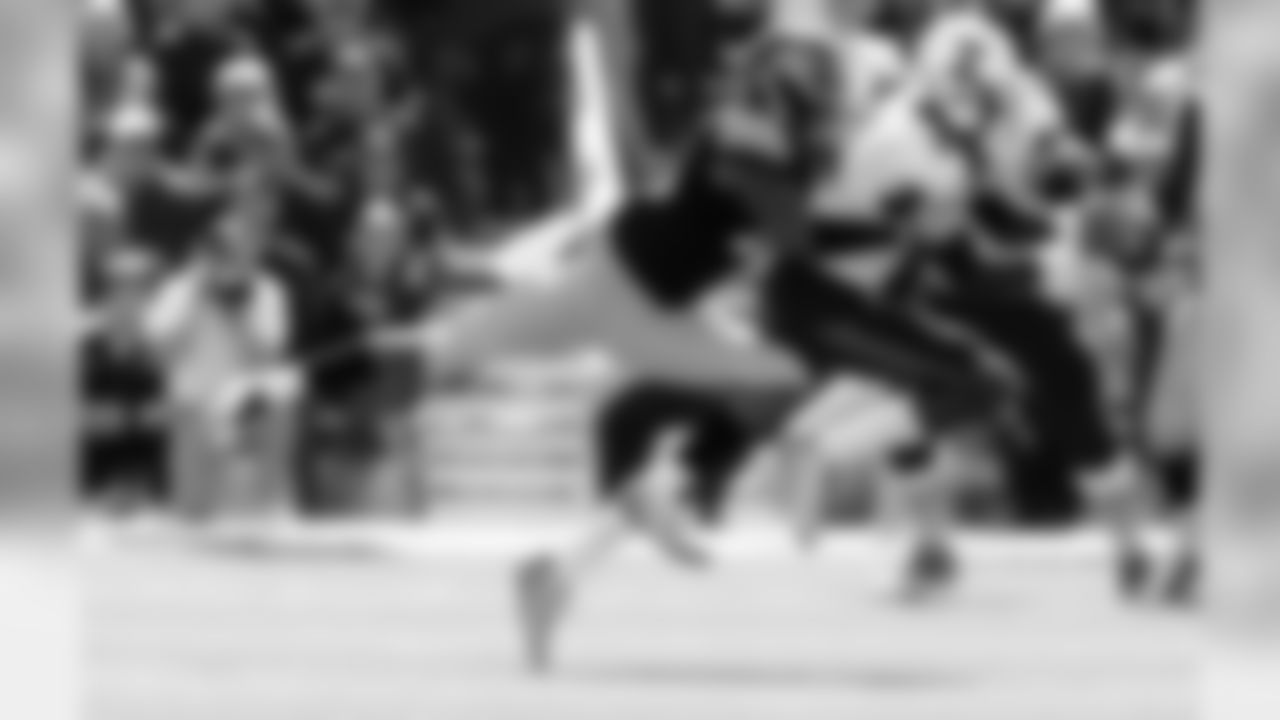
CB Greg Mabin - Iowa
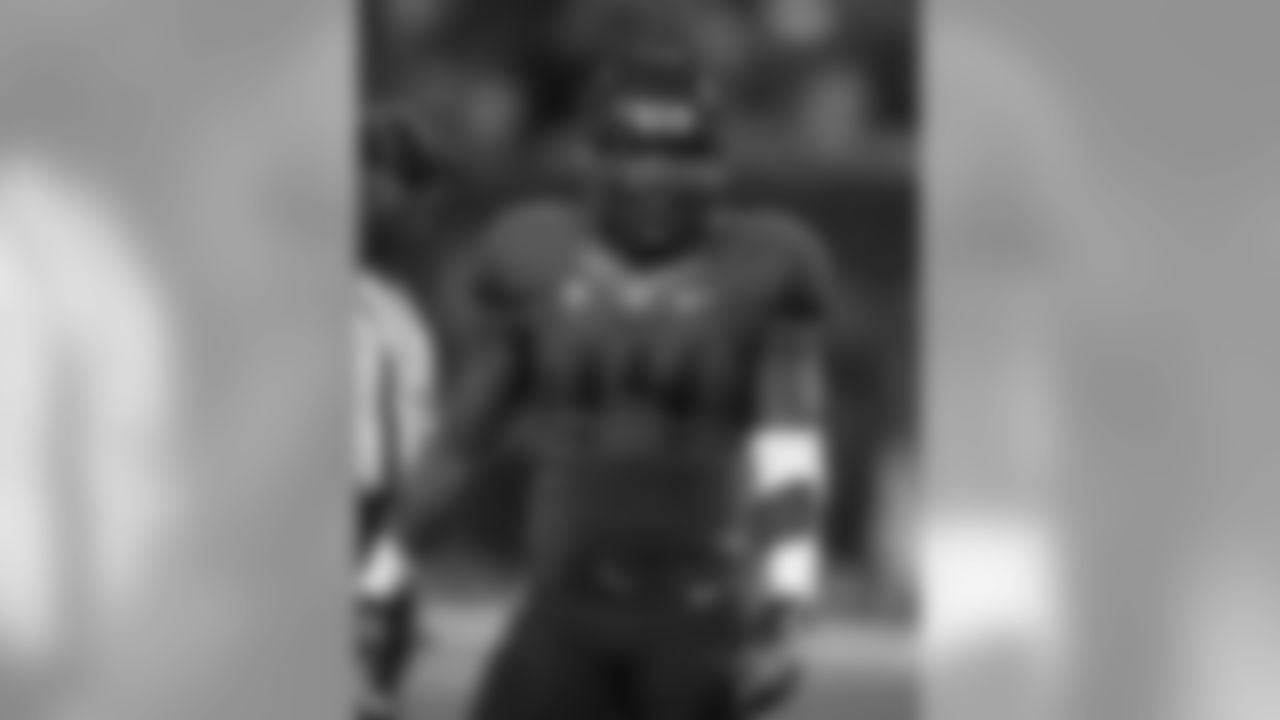
LB Paul Magloire - Arizona
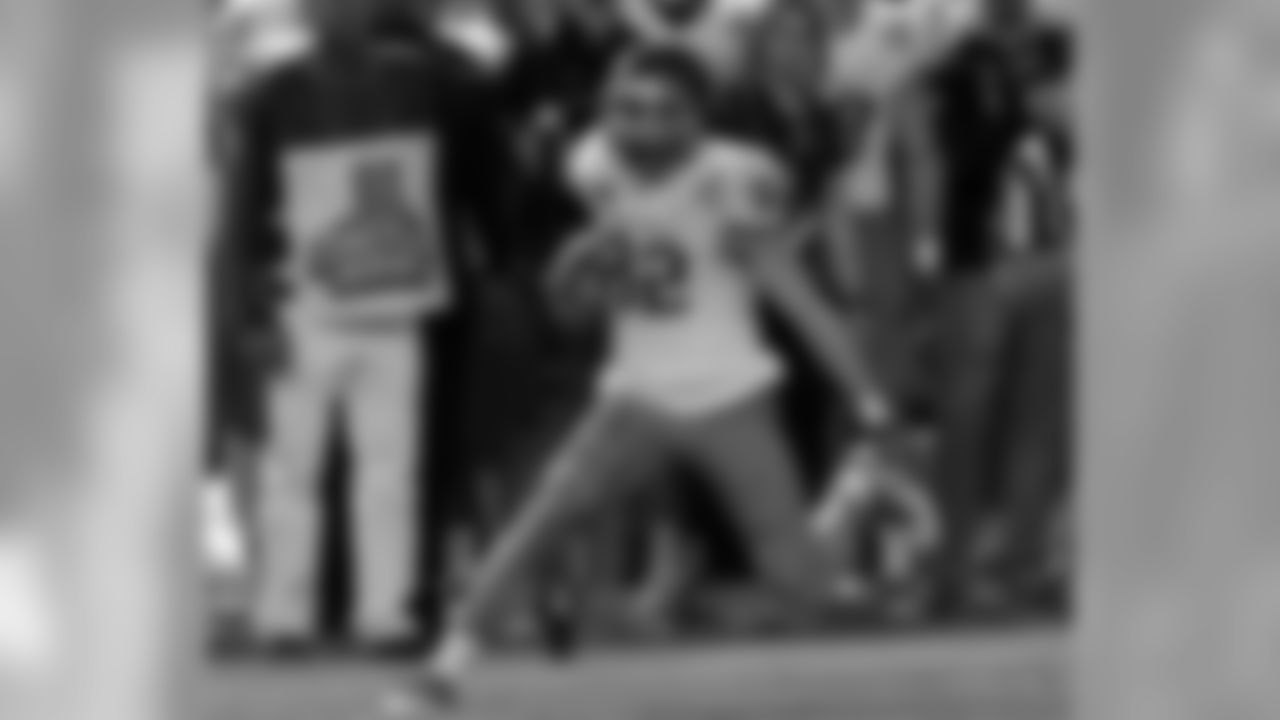
WR Thomas Sperbeck - Boise State
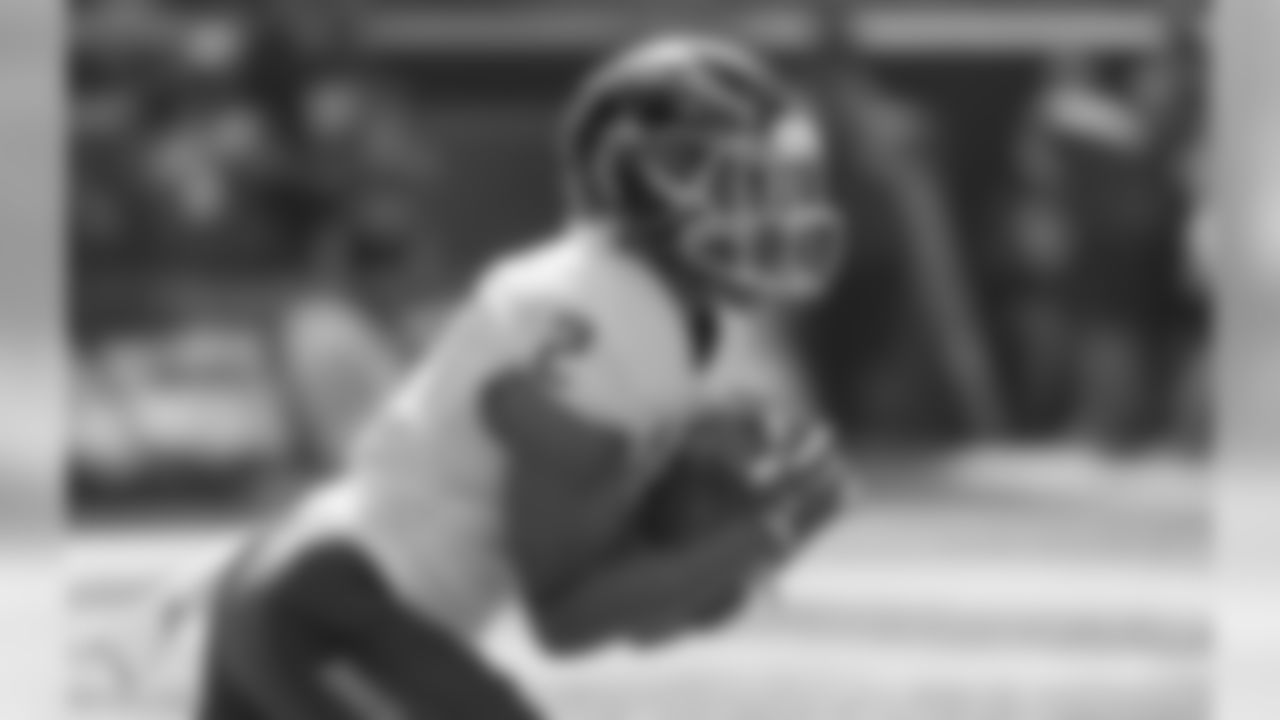
CB Jonathan Moxey - Boise State
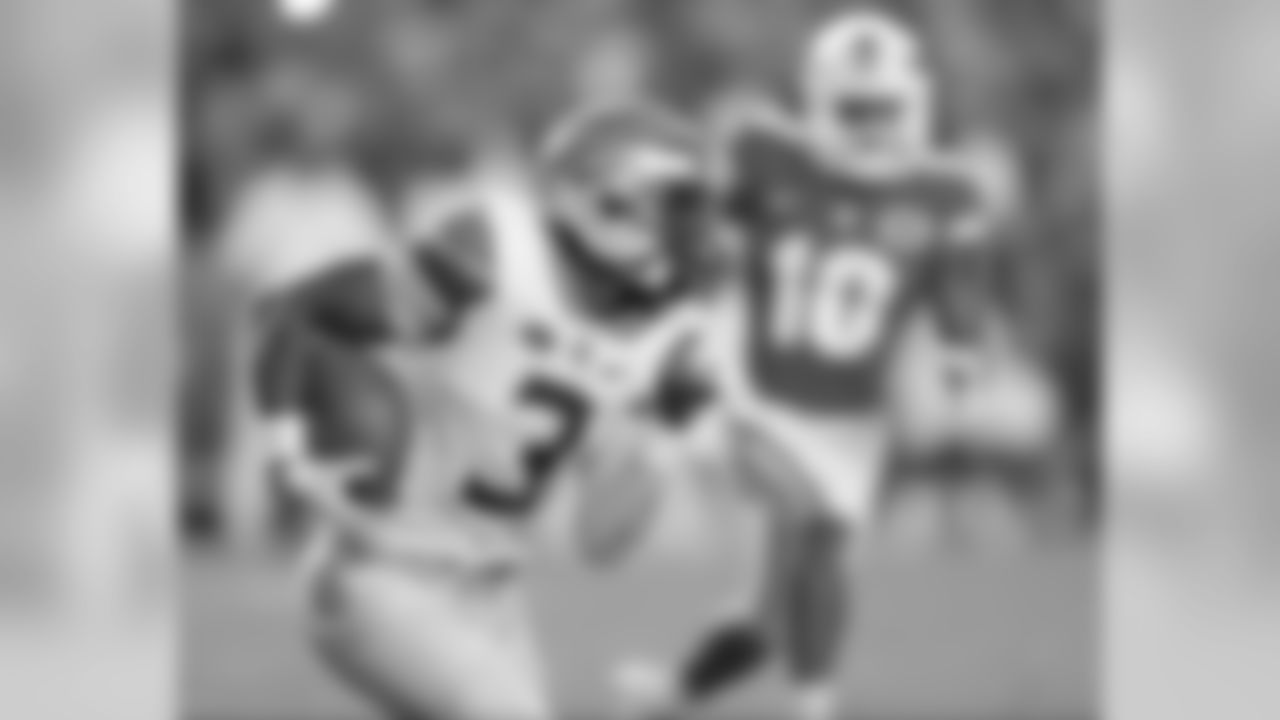
WR Bobo Wilson - Florida State

Not Pictured:DE Deondre Barnett - Southern IllinoisT Cole Gardner - Eastern Michigan
But it isn't getting any easier.
The Buccaneers have spiked their overall team speed and surrounded 23-year-old rising-star quarterback Jameis Winston with a wide array of dangerous targets. However, the Atlanta Falcons, Carolina Panthers and New Orleans haven't exactly stood still while the upstart Bucs have restocked their roster. Last weekend, in fact, was an eye-opening one for every team in the division. By most accounts, the NFC South loaded up across the board in the 2017 NFL Draft.
"It was pretty impressive what Atlanta, New Orleans, Carolina did," said Buccaneers General Manager Jason Licht on Saturday evening after completing his own team's draft. "So, we were impressed with their drafts."
The Buccaneers were thrilled to find Alabama tight end O.J. Howard still on the board at #19, and they later added help at wide receiver, running back and each defensive level. Unfortunately, they only had seven picks (six by the time it was all done) so – as is the case with every draft, obviously – they had to watch some of their favorite prospects find different homes. Even more unfortunately, some of those players landed in the NFC South.
Take a look at all of the Buccaneers 2017 draft picks.
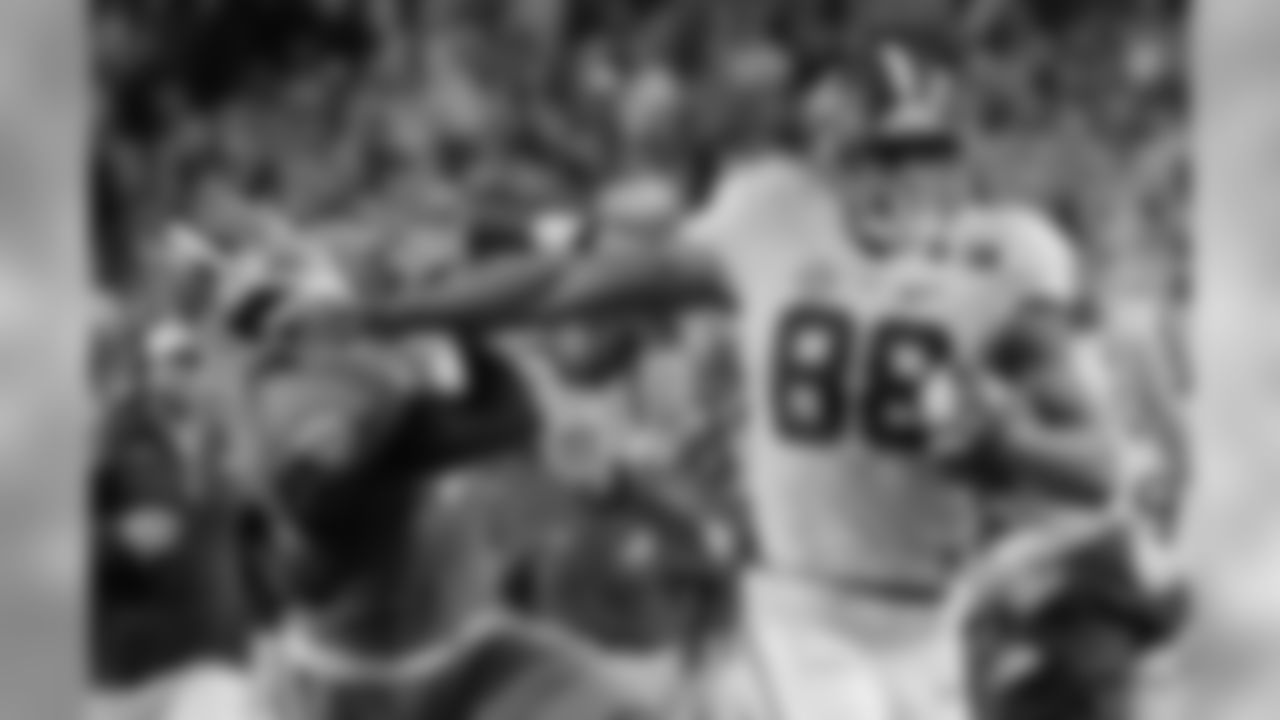
1-19 TE O.J. Howard, Alabama
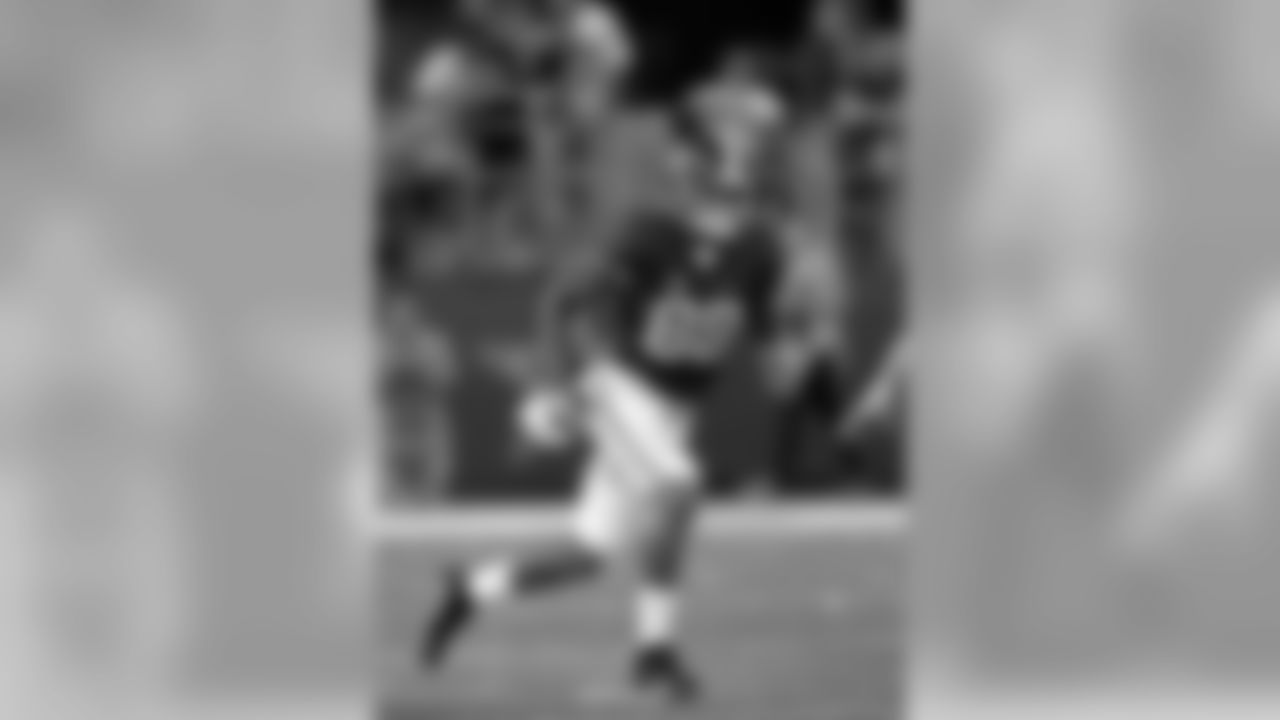
1-19 TE O.J. Howard, Alabama
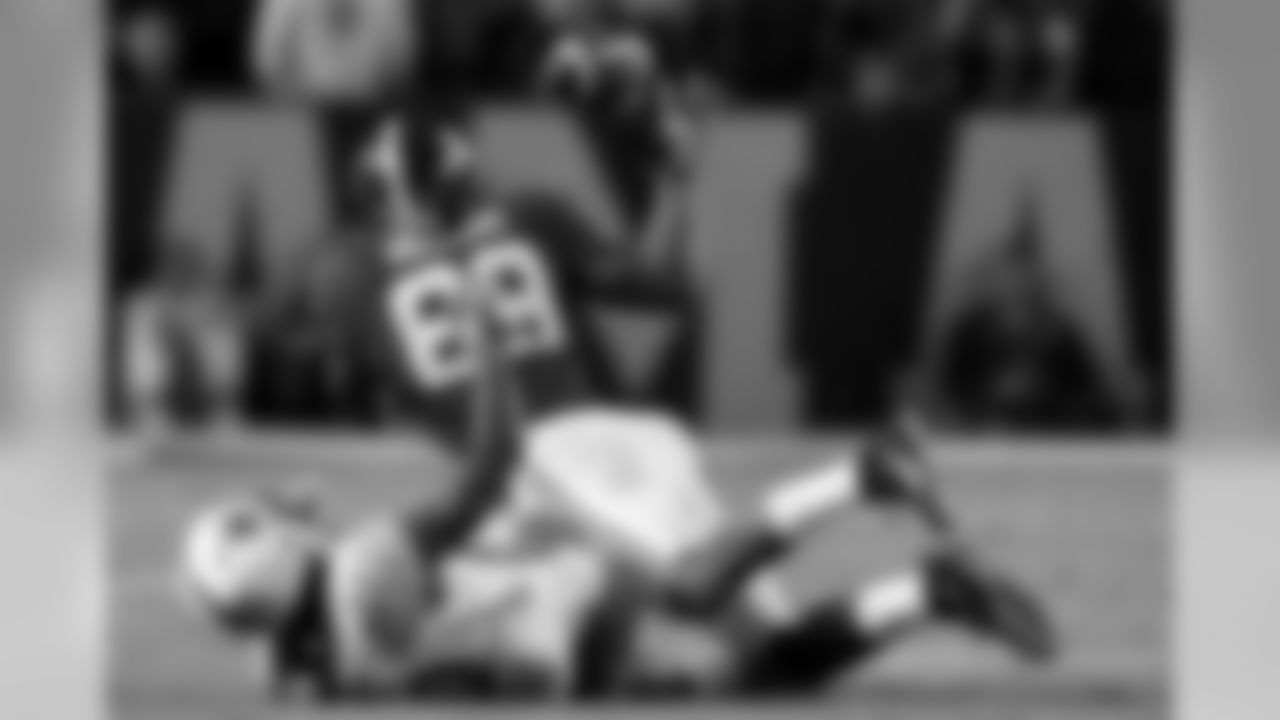
1-19 TE O.J. Howard, Alabama
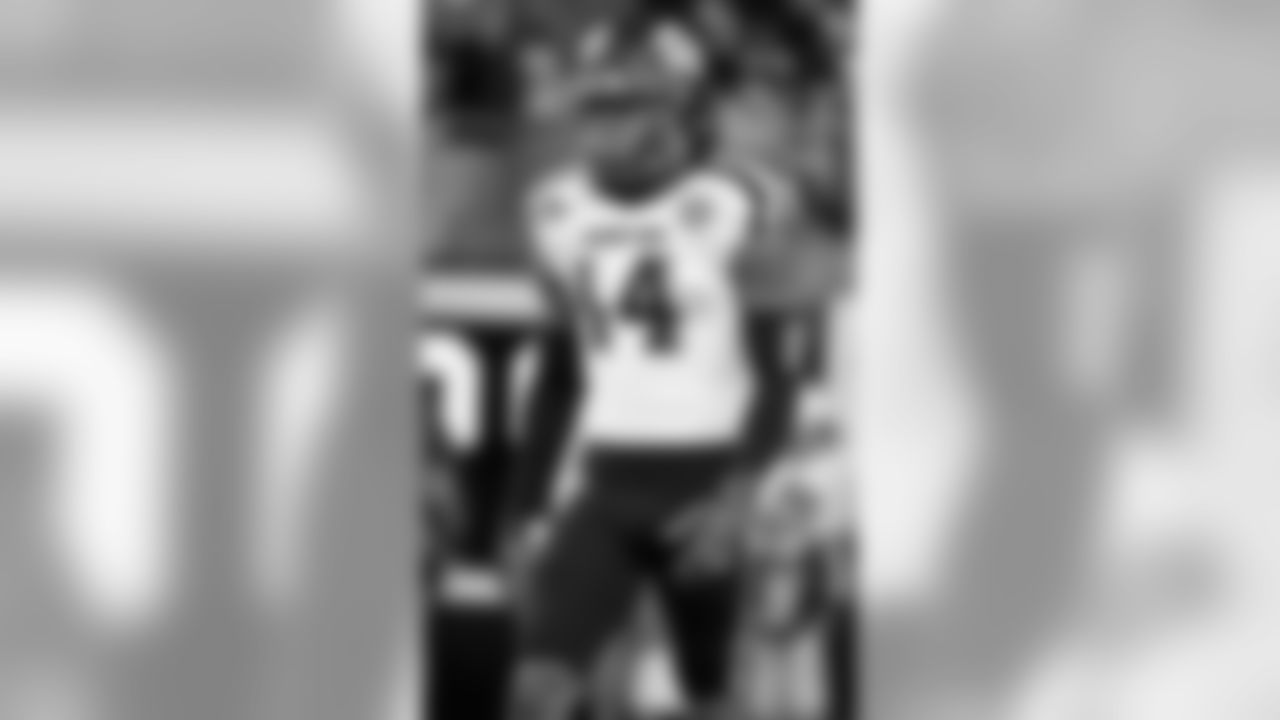
2-50 DB Justin Evans, Texas A&M

2-50 DB Justin Evans, Texas A&M
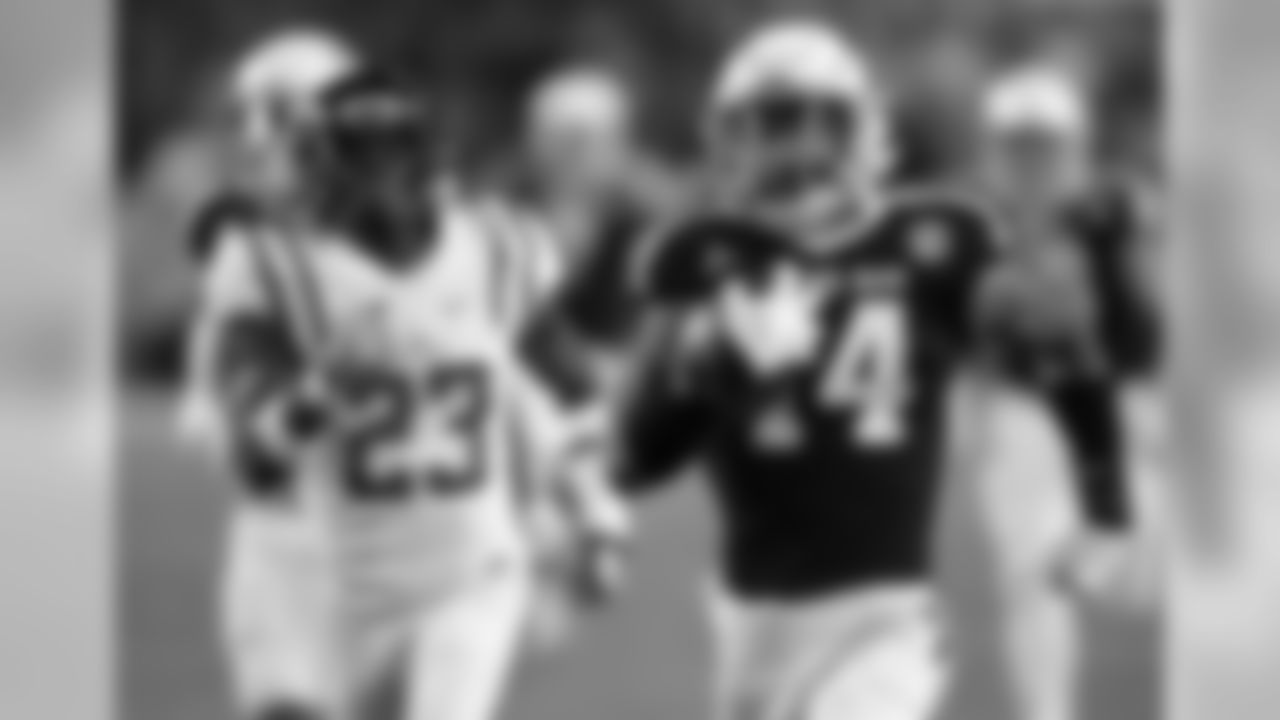
2-50 DB Justin Evans, Texas A&M
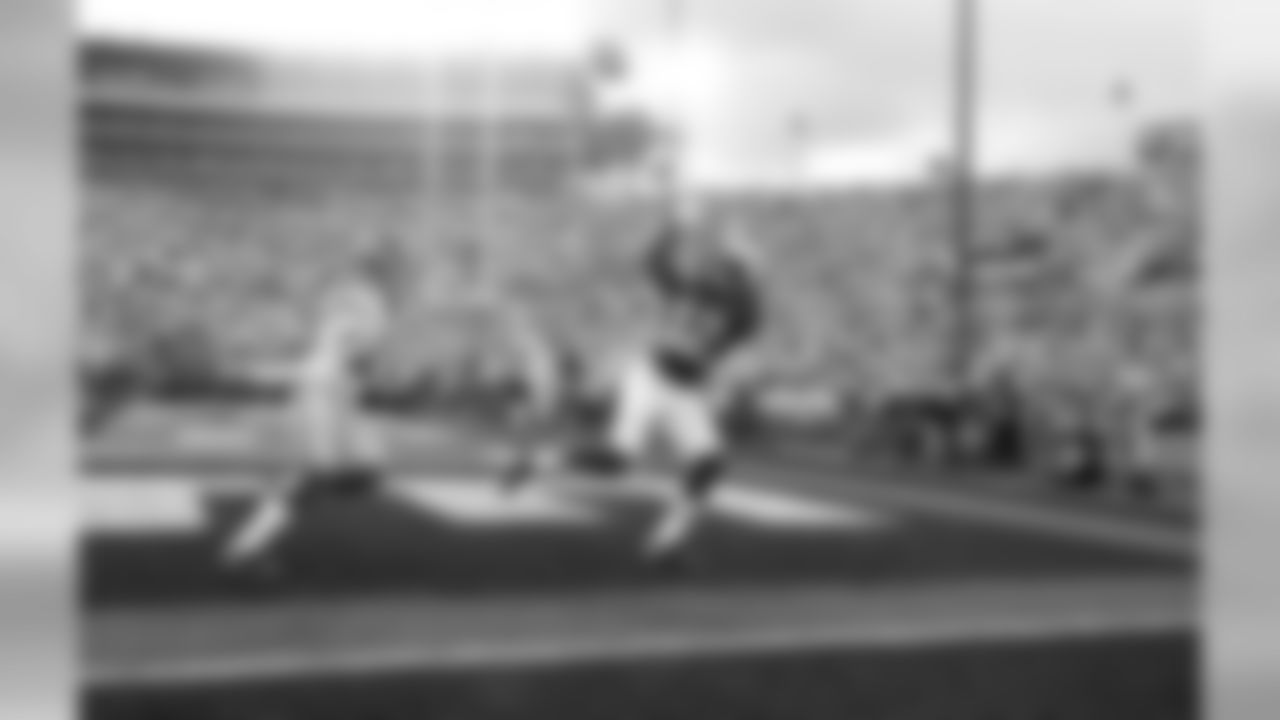
3-84 WR Chris Godwin, Penn State
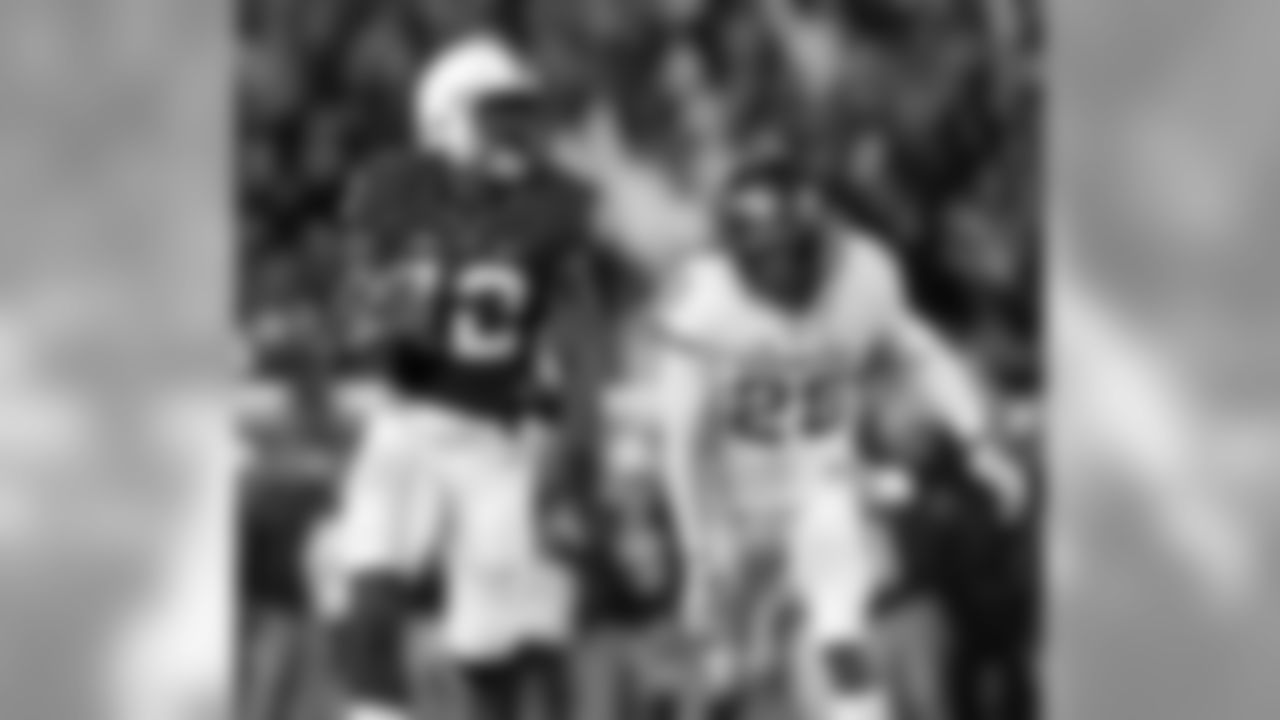
3-84 WR Chris Godwin, Penn State

3-84 WR Chris Godwin, Penn State
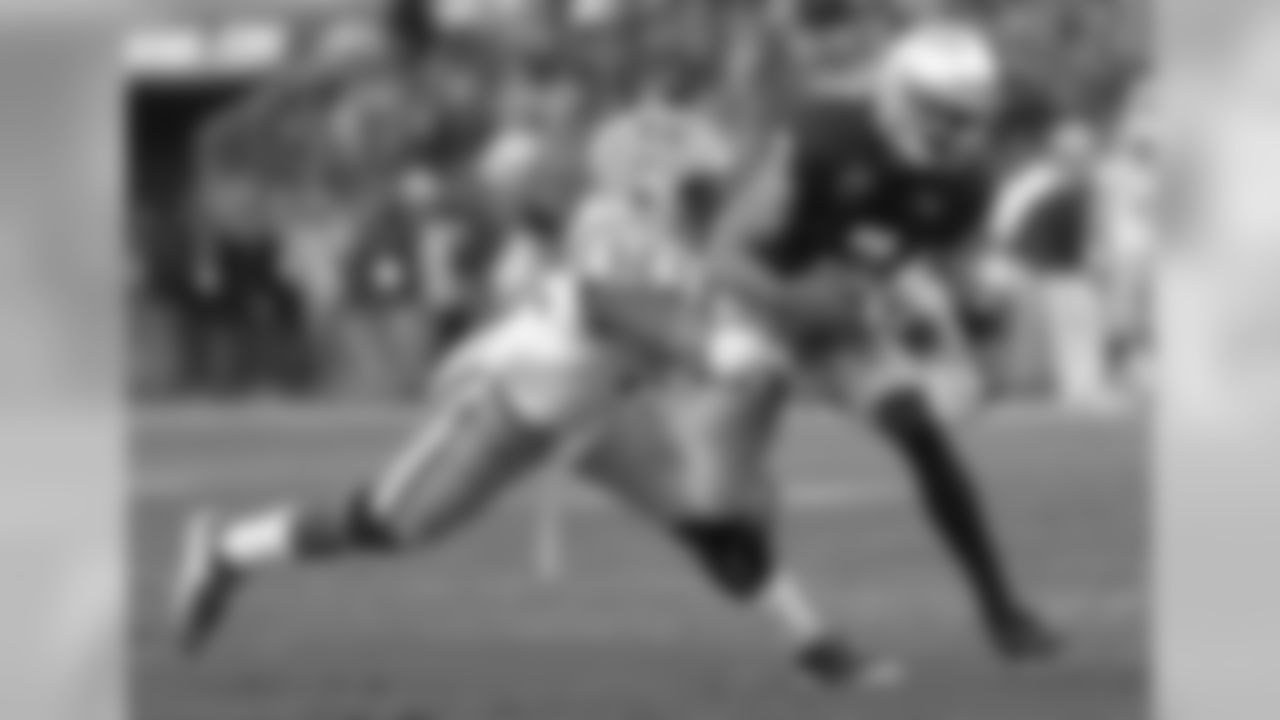
3-107 LB Kendell Beckwith, LSU
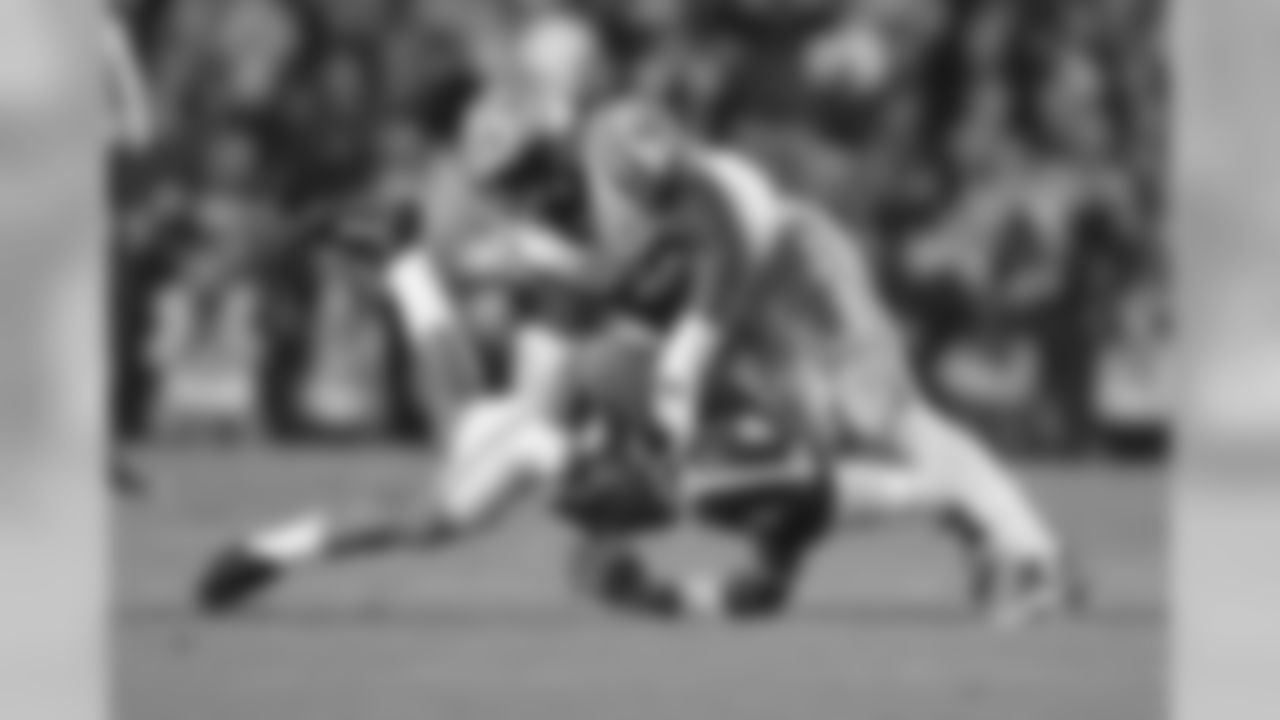
3-107 LB Kendell Beckwith, LSU
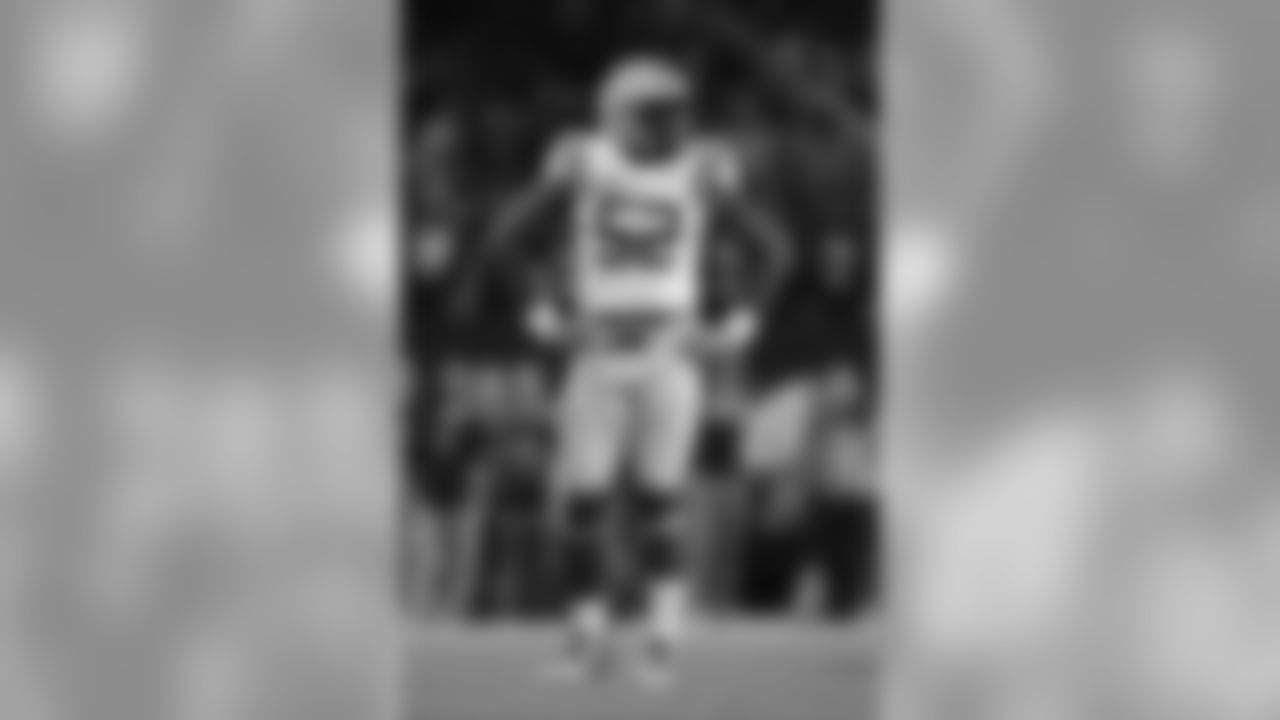
3-107 LB Kendell Beckwith, LSU
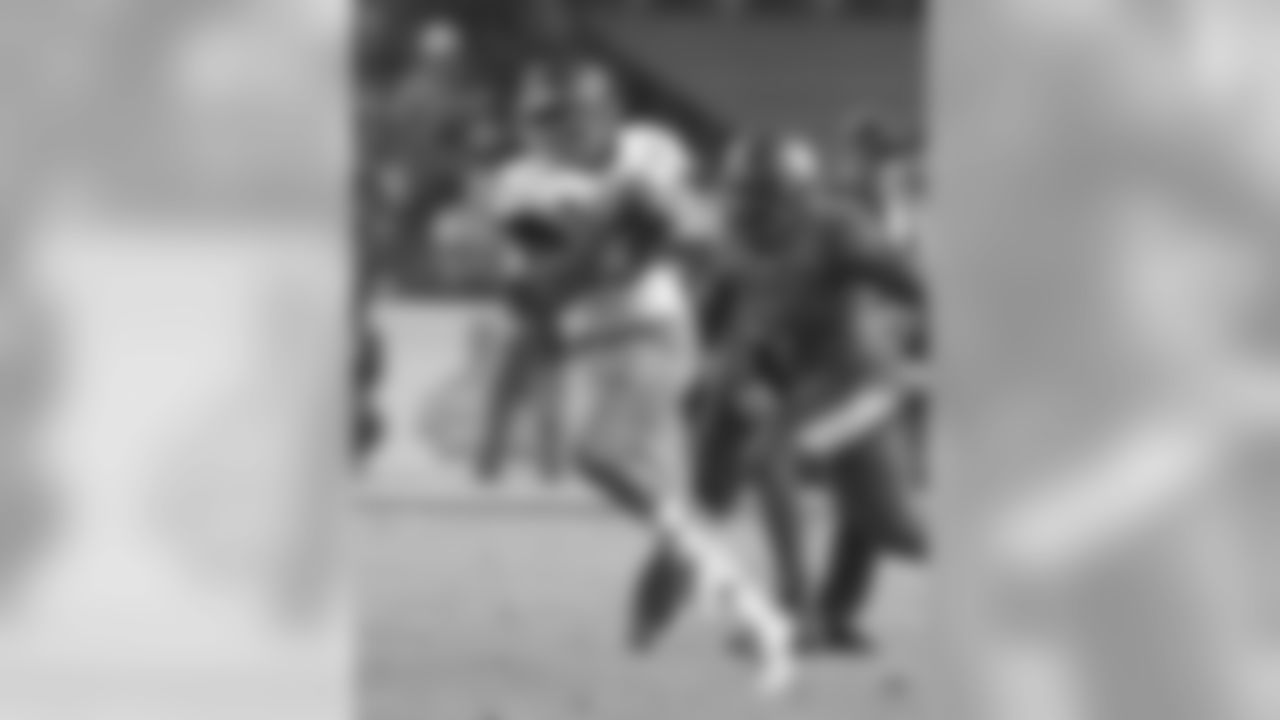
5-162 RB Jeremy McNichols, Boise State

5-162 RB Jeremy McNichols, Boise State
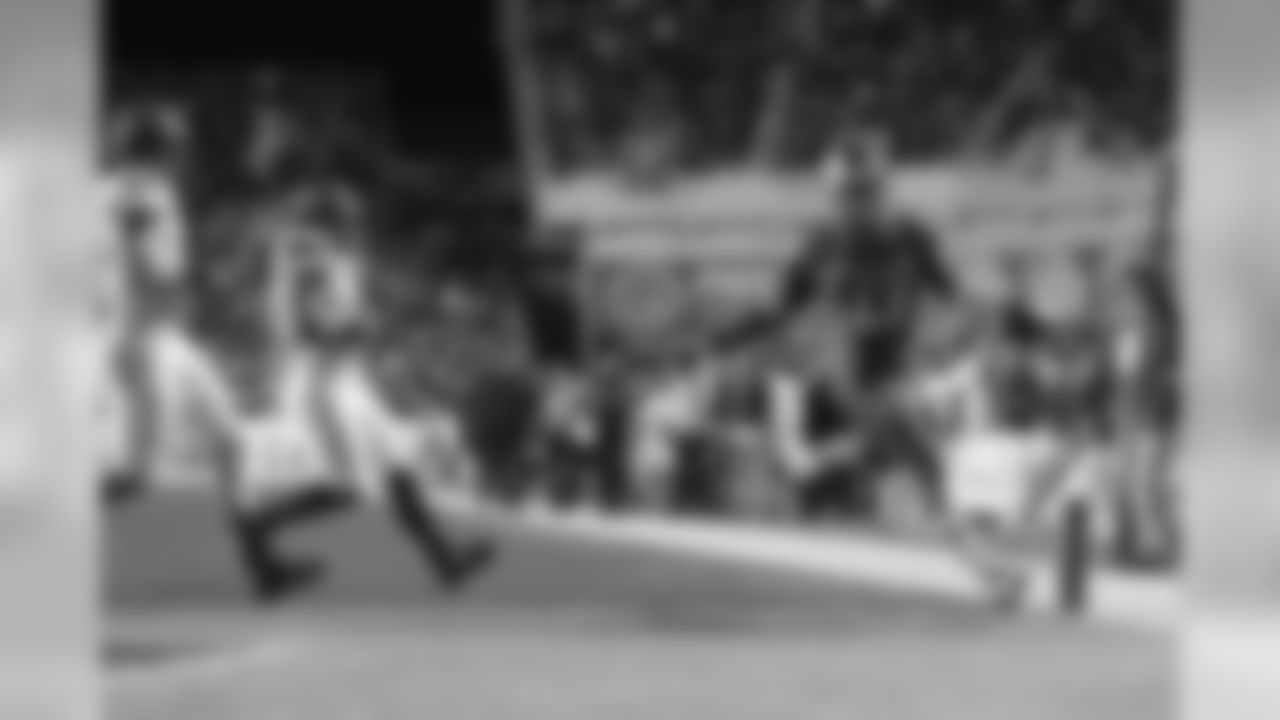
5-162 RB Jeremy McNichols, Boise State
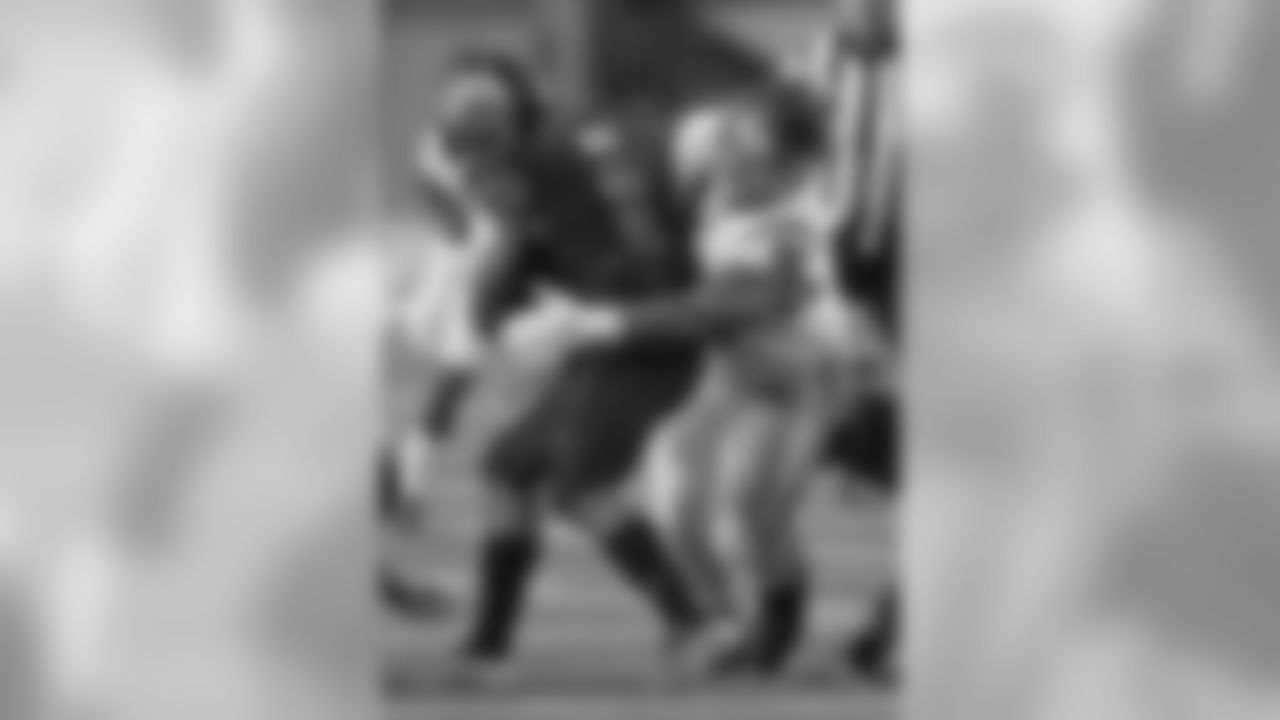
7-223 DT Stevie Tu'ikolovatu, USC
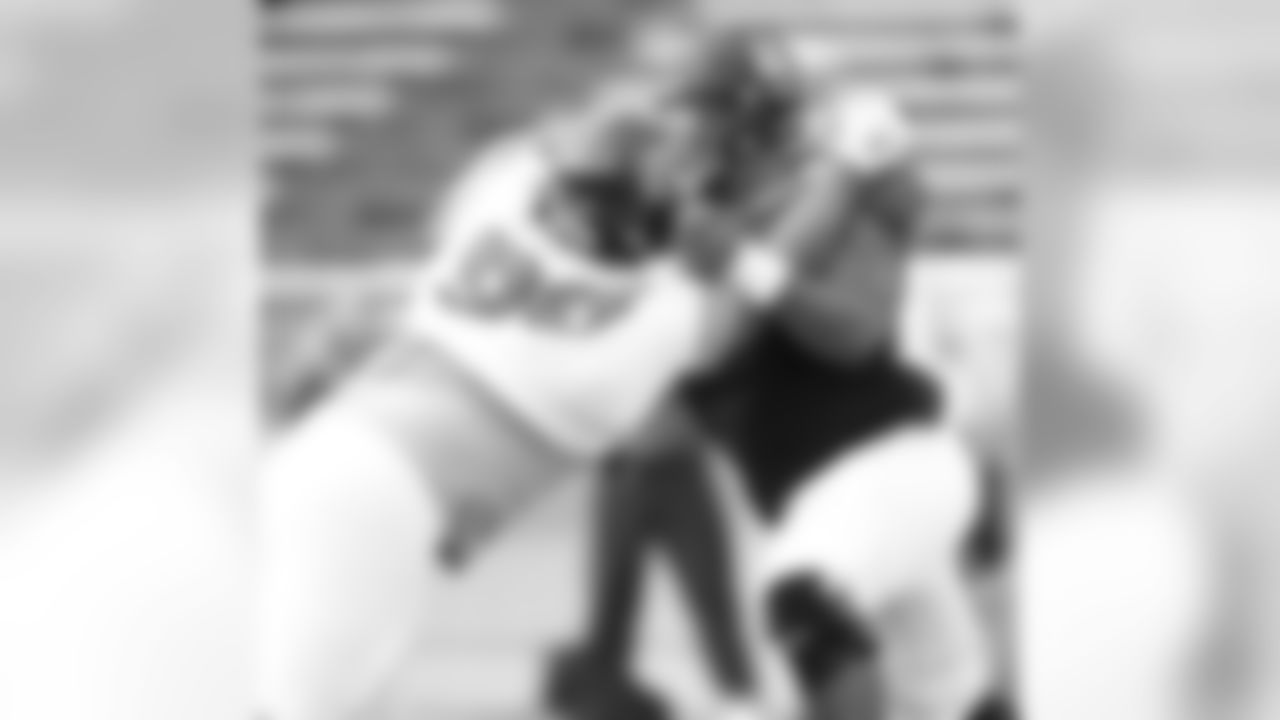
7-223 DT Stevie Tu'ikolovatu, USC
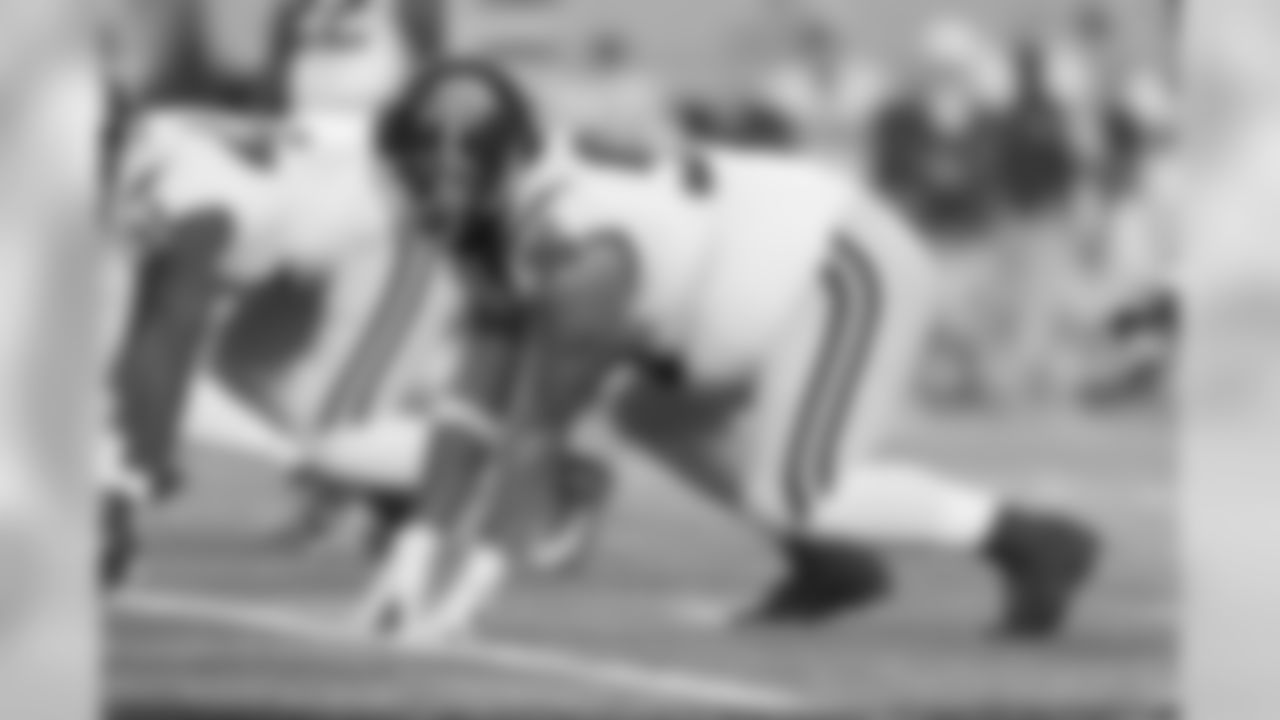
7-223 DT Stevie Tu'ikolovatu, USC
"Everybody gets better," said Tampa Bay Head Coach Dirk Koetter. "It hurts you a lot when there's guys that you like in the draft and you're watching who gets them. And of course you have friends that are coaches – I'm glad Marvin Lewis got this guy and I'm glad Andy Reid got this guy – but man, when guys in your division get guys that you like, that's just like an extra knife. You [say], 'Oh, my gosh, we liked that guy a lot.'"
Atlanta found a pass-rushing complement to 2016 NFC sack leader Vic Beasley, Carolina gifted Cam Newton with some versatile new weapons and the Saints prioritized secondary upgrades. Let's take a closer look at how the draft went down around the rest of the NFC South, and what it may mean for the Buccaneers.

Trade/Compensatory Pick Notes:- Atlanta sent third and seventh-round picks to Seattle to move up from #31 to #26 in the first round*- Buffalo sent two fifth-round picks to Atlanta to move up from #75 in the third round to #63 in the second round As the defending NFC Champs, Atlanta obviously came into this draft with a strong roster, but there were some pretty clear needs and the Falcons addressed them straight away. That began in the first round, when the team gave up third and seventh-round picks to move up five spots and land UCLA pass-rusher Takk McKinley. It was probably a wise move to jump ahead of the Cowboys, who picked another edge rusher (Taco Charlton) two picks later. READ: MEL KIPER GRADES BUCS' DRAFT*
Atlanta had the NFL MVP (Matt Ryan) and the league's best offense in 2016, but it also had the league's sack leader in Vic Beasley. Beasley was the team's 2015 attempt to fix an anemic pass-rush, and after a relatively slow rookie year he exploded this past fall. However, nobody else on the Falcons' roster accumulated more than five sacks in 2016, and nobody else in the NFL accounted for a higher percentage of his team's sacks than Beasley. Even if Beasley pulls off the statistically-unlikely feat of duplicating his 15.5 sacks from last year, he needed a pass-rushing partner.* *
The 6-2, 250-pound McKinley may not start immediately but he will certainly be a big part of the pass-rush rotation, likely at end (Beasley plays outside linebacker). He brings speed and energy to the defense and, as he showed on draft night, is clearly a very motivated player. The Falcons also recouped some of the draft capital it lost in the McKinley trade by moving down a bit from the second to third round and getting two fifth-round picks.*After that small trade down, the Falcons helped their defense again with speedy LSU linebacker Duke Riley. Paired with last year's selections of safety Keanu Neal and linebackers Deion Jones and De'Vondre Campbell – all of whom had very promising rookie seasons – Atlanta has dramatically reworked its defense under Head Coach Dan Quinn, a defensive guru. The Falcons still only ranked 25th in yards allowed and 27th in points allowed in 2016, but that defense might be close to turning the corner, especially with the return from injury (and re-signing) of star cornerback Desmond Trufant. That would be bad news for the Buccaneers and the rest of the NFC South, as the Falcon offense figures to be as potent as ever in 2017. VIEW: EVERY FIRST-ROUND DRAFT PICK IN BUCS HISTORY*
The other notable need for the Falcons heading into the draft was at right guard following the retirement of Chris Chester. Atlanta's offensive line was very good in 2016 after the trade for center Alex Mack, but that's a spot that needs to be addressed. The Falcons didn't grab Forrest Lamp or any of the other guards rated as first or second-round picks, but they did pick up a competitor for the job in Round Four in Oregon State's Sean Harlow. Harlow is the son of former NFL lineman Pat Harlow and he is a tough competitor with a mean streak. The offense also got another intriguing piece in Wyoming running back Brian Hill, though it remains to be seen how much action he'll get behind Devonta Freeman and Tevin Coleman. Hill will likely need to refine his pass-blocking and receiving skills before carving out a major role.

Trade/Compensatory Pick Notes:
- In 2016, Carolina traded punter Kasey Redfern and a 2018 4th-round pick to Cleveland for punter Andy Lee and a 2017 seventh-round pick
- Prior to the draft, Carolina was awarded a compensatory pick at the end of the third round (#98) for net losses in free agency in 2016
- Prior to the draft, the Carolina traded DE Kony Ealy and a third-round pick (#72) to New England for a second-round pick (#64)
- Carolina sent a fourth-round pick to Arizona to move up from #98 (a compensatory pick) to #77 in the third round
Can Stanford star Christian McCaffrey be an every-down running back in the NFL, as he insisted he could be at the Scouting Combine? Will McCaffrey's receiving skills make him one of the most versatile weapons in the entire NFL? The Tampa Bay Buccaneers are going to get a close-up look at how those questions are answered.
The Panthers obviously thought McCaffrey could have a transformative effect on their offense, taking him with the eighth-overall pick, the highest selection Carolina has used on a running back in 21 years (Tim Biakabutuka went eighth overall in 1996). Then they doubled down on the offensive makeover with the eighth pick of the second round. After taking a running back who can also play receiver in Round One, the Panthers followed up with Ohio State's Curtis Samuel, a wide receiver who might also be able to play running back.
The Panthers have long surrounded quarterback Cam Newton with a power rushing game and have often had one of the best ground games in the NFL. McCaffrey is something completely different, however, to pair with holdover Jonathan Stewart, who is now 30. McCaffrey is very quick and he killed all of the agility drills at the Combine. He spent much of his Pro Day at Stanford showing how precisely he could run routes. With him and Samuel, the Panthers are now much more dangerous in the slot, and given both players' versatility, it will be difficult to ascertain what the offense is planning when one or both are on the field.
Obviously, that will add stress to the Buccaneers' linebackers and safeties, who need to diagnose whether a play is a run or a pass. Tampa Bay did add a player to the safety position, using a second-round pick on Texas A&M's Justin Evans, and also added LSU linebacker Kendell Beckwith at the end of the third round. However, Licht said those were picks based on their player rankings, not a reaction to any other draft decisions around the NFC South.
"We set the board early in the process and then we set my top 120 board in the order that we're going to take the guys," he said. Sometimes you'll go off of it a little bit if you've taken a tight end early and you may not take a tight end with your second pick. But for the most part, we stick to that board and we're not going to go away from it just because we saw what Atlanta picked or New Orleans picked. We're going to stay focused on what our plan was with that top 120 board."
Samuel has been compared to Percy Harvin, who was definitely a Swiss Army Knife sort of weapon at the peak of his career. He ran a 4.31 40-yard dash at the Combine so he met the Panthers' draft goal of adding speed (something on which the Buccaneers also focused). The Falcons and Saints already had high-powered passing attacks; now both Winston and Newton have an impressive array of potential targets around them, as well. The NFC South will likely be one of the league's most prolific passing divisions in 2017.
Of course, Newton needs time to throw and the Panthers' O-Line was perceived as something of a weak spot, particularly on the edges. Even after using their first two picks on weapons for Newton, the Panthers still might have found part of the solution up front with Western Michigan's Taylor Moton. Opinions differ on whether Moton will be best suited at tackle or guard, but if he can stick at the former position this could prove to be great value for Carolina at pick #64. That's the selection they got from New England in the Kony Ealy deal, which improved the Panthers' position by eight spots. That may not sound like much, but two other offensive linemen were selected right before the #72 spot that Carolina originally occupied, so they might have missed out on Moton.
Perhaps the next biggest need on the Panthers' depth chart was defensive end, and they essentially used both a fourth and a third-round (compensatory) pick to get one, Texas A&M's Daeshon Hall. Hall may need some time to develop into an impact player, but few pass-rushing prospects are complete players at the end of the third round. Carolina also brought back Julius Peppers, so Hall can be brought along gradually.
Carolina's last pick was an interesting one not just because it was used on a kicker, but also because the selection was acquired in a trade of punters. As noted above, the acquisition of Andy Lee last summer also included one of Cleveland's seventh-round pick, and Carolina used that on Georgia Tech kicker Harrison Butker. Carolina took Butker just a few picks after Arizona State kicker was nabbed, coincidentally, by the Browns. Butker should get a very real shot in a competition against veteran Graham Gano, who made only 78.9% of his field goal tries last year and also missed three extra points.

Trade/Compensatory Pick Notes:- During the 2016 draft, New Orleans traded a 2017 fifth-round pick to Washington to move up from pick #152 in the fifth round to #120 in the fourth round*- Prior to the draft, New Orleans traded wide receiver Brandin Cooks and a fourth-round pick to New England for a first-round pick (#32) and a third-round pick (#103) - New Orleans traded a seventh-round pick and a 2018 second-round pick to San Francisco for a third-round pick (#67) the 49ers had acquired in their trade with Chicago on Thursday night. New Orleans had the most draft capital of any NFC South team, at least on the first two evenings; the Saints ended up with six picks in Rounds One-Three and unsurprisingly used four of them on defense. That started with Ohio State's Marshon Lattimore, the first cornerback selected and, according to many mock drafts, a potential top-five pick. READ: BUCCANEERS.COM MOCK DRAFT REVIEW*
Though the Bucs figuratively sprinted to the podium when O.J. Howard fell to #19, the Saints pick of Lattimore at #11 might have been the most obvious choice after Myles Garrett went first. New Orleans has fielded one of the league's most porous pass defenses for much of this decade, finishing 28th or worse in that category in four of the last five years. It's quite possible the Saints would have taken the next cornerback on their board if Lattimore hadn't surprisingly fallen to them, but instead they got perhaps that most coveted of defensive assets, a true shutdown corner. He figures to start immediately across from Delvin Breaux, and that would likely be the Saints' best cornerback duo in a long time.*In contrast, the Saints' second pick on opening night was a surprise to many. Given the imbalance in their success on offense and defense, most analysts predicted that New Orleans would use both of its first-rounders on defense, perhaps on a corner and a pass-rusher. Instead, the Saints used the pick they got from New England in the Brandin Cooks trade to grab Wisconsin tackle Ryan Ramczyk. Unless Ramczyk immediately unseats right tackle Zach Strief or left tackle Terron Armstead has more injury issues – either of which *is a possibility – this is a pick that is likely to have more impact long-term than in 2017. **
Still, the Saints were back on the clock just 10 picks later and they did indeed return to the defensive side of the ball, this time grabbing a rangy, instinctive safety in Utah's Marcus Williams. The Saints have gotten mixed results out of their safety group in recent years but may now have a nice trio in Williams, Kenny Vaccaro and Vonn Bell, all first or second-round draft picks in the last five years. This year's newcomer is capable of patrolling centerfield and might even be able to handle cornerback duties.*On paper, the Saints appear to have significantly strengthened what had been a glaring weakness, and they will need to be much more stout in the secondary against the potent passing attacks they will see within the division. Both Lattimore and Williams are potential big-play makers in the secondary, so it's not particularly good news for the Buccaneers to see them invade the NFC South. The Saints also used three more of their picks to hit different areas of need on defense, but there is some risk involved with all three selections. Florida linebacker Alex Anzalone is a talented player but injuries kept him off the field for much of his college career. If he can stay healthy he could eventually supplant Dannell Ellerbe at weakside linebacker. Florida Atlantic defensive end Trey Hendrickson dominated against lesser competition but also looked good at the East-West Shrine Game and is an energetic, hustling player. The Saints want to find an edge-rushing complement to Cam Jordan, and this could be it. New Orleans' only pick on Day Three of the draft was Miami defensive tackle Al-Quadin Muhammad, who is something of a project but is both strong and quick off the line. READ: BUCS SIGN ROOKIE FREE AGENTS*
Besides Ramczyk, the Saints only selected one other offensive player, but it might be their most intriguing selection overall. Despite having Mark Ingram and the recently signed Adrian Peterson, New Orleans thought enough of Tennessee running back Alvin Kamara to give up their second-round pick next year to trade in and get him near the top of the third round. Perhaps Kamara was just sticking out on their draft board; he was a first-round pick in some early-spring mock drafts.*Kamara didn't get a ton of experience as a featured back at Tennessee but he is already a very good pass-catcher, which is likely what made him attractive to the Saints. Drew Brees has had plenty of success through the years utilizing great pass-catching backs like Darren Sproles, Pierre Thomas and Reggie Bush. And the Saints have commonly kept a very deep backfield under Head Coach Sean Payton, who generally finds a way to make use of them all. This might have seemed like something of a luxury pick, but in reality Payton probably has big plans for Kamara this year. That's a lot of new talent for which the Buccaneers must prepare, although the Falcons, Panthers and Saints are probably feeling the same way about Tampa Bay right now. The silver lining, if there is one, is that the Buccaneers won't have to face any of these NFC South rookies until almost midseason, when their roles will likely be better established. Tampa Bay's first intra-divisional game is on October 29. *"The teams in our division, they drafted well," said Koetter. "We feel great about our draft, but the division is going to be tough. But we don't even play the first division game until eight weeks in, so we better be worried about the Dolphins right now."






















